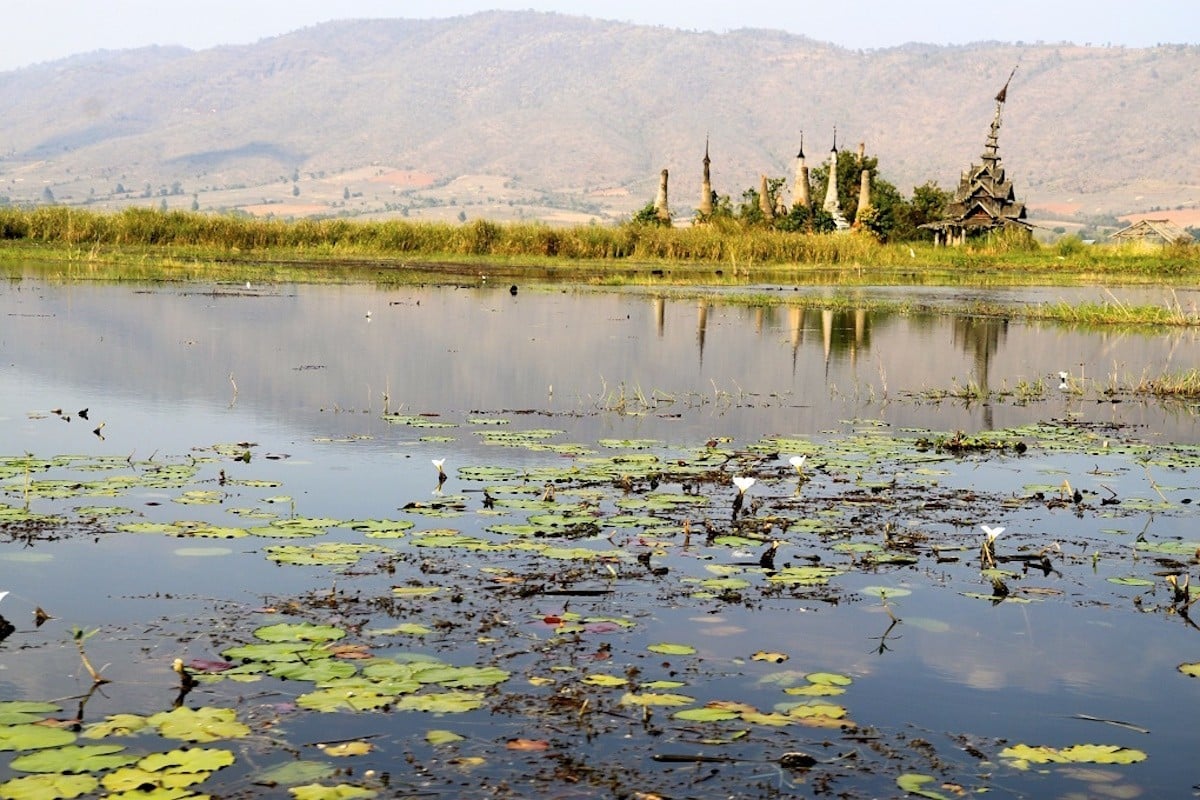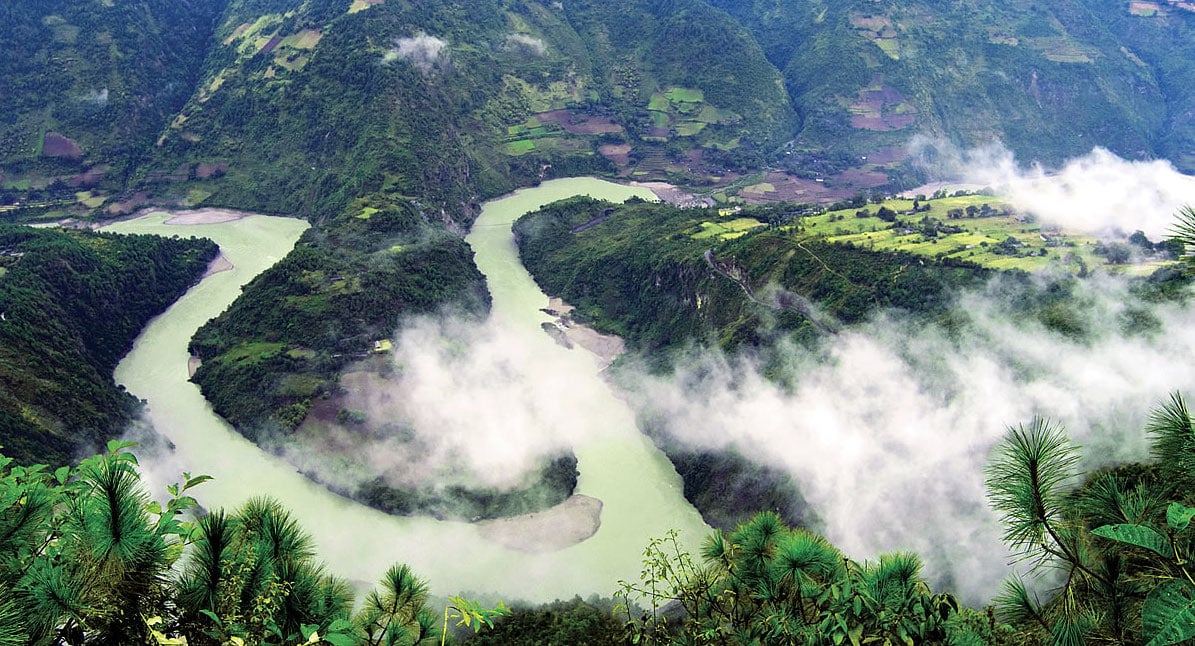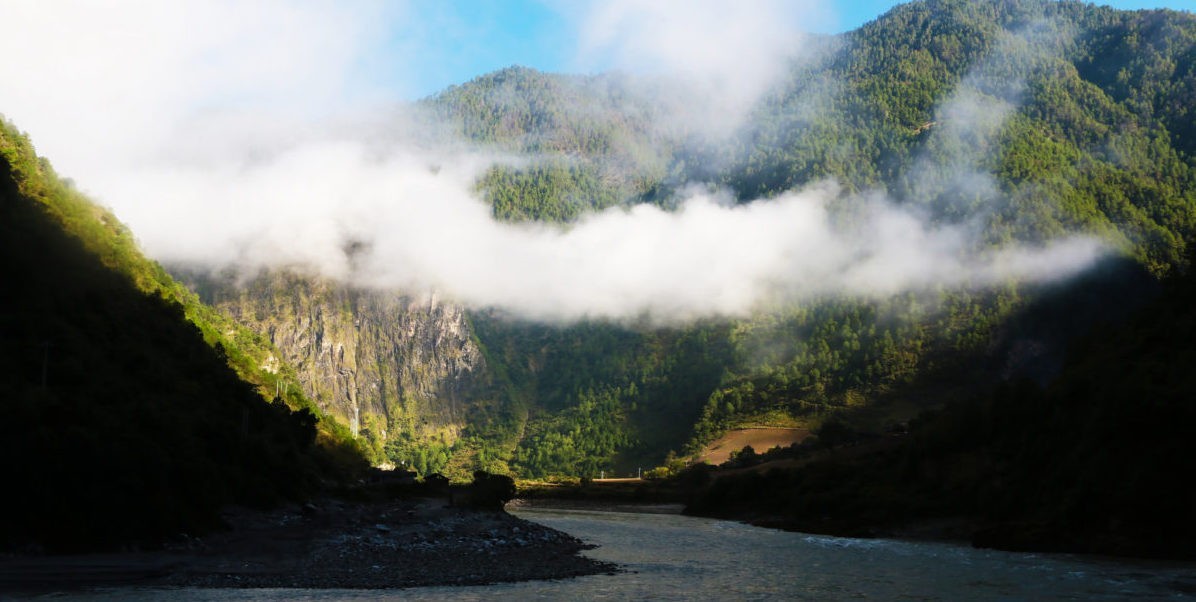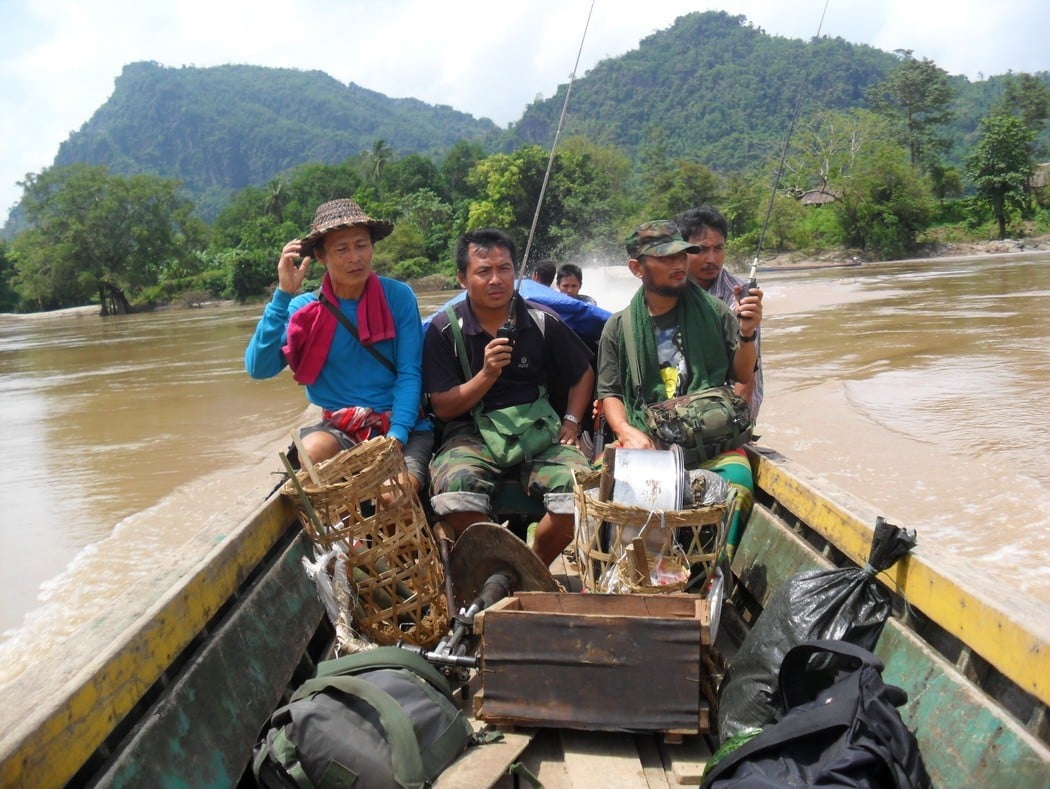The country’s first strategic environmental review provides a chance to demand more from investors and dam builders, but is still being seen as too little, and leading to fierce resistance by marginalized communities.
Tag: Salween dams
Will Hydropower Turn the Tide on the Salween River?
Will efforts to sustainably steward the Salween, Asia’s last free flowing, international river, parallel those launched a half-century ago and half a world away?
Damming the Salween: what next for Southeast Asia’s last great free-flowing river?
It’s difficult to encapsulate, as an outsider, how significant the Salween is in the hearts, minds and identities of the ethnic communities who live in its watershed. “From the Land of Green Ghosts,” Pascal Khoo Htwe’s autobiographical account of life in conflict-ridden eastern Myanmar is flecked through with references to the “legendary River Salween,” the river he refers to as “an old friend or a lover.” Meeting with Salween riverine communities in Myanmar today, Pascal Khoo Htwe’s depiction of his relationship with the river burns strong – they still talk about it all the time.
Our River…, Our Life…
Plans to build dams on the Salween River by the Burma government, China and Thailand threatens millions of villagers and animals that depend on the free flowing river for their living, food sources and as a vital transport link.
Can Myanmar’s hydropower study truly be for the people?
In recent weeks, violent clashes in Kayin State have further disrupted Myanmar’s fragile peace process. Fighting between the Democratic Karen Buddhist Army (DKBA) and the government-sponsored Border Guard Force (BGF) in Mae Tha Waw areas of Hlaingbwe township, and more recently near Kawkareik township, has displaced over a thousand people. Entire families have fled their homes and are left stranded with limited access to food and assistance, producing nothing short of a humanitarian crisis. Across the border in Thailand, nearly 60,000 people remain in refugee camps, having fled ongoing conflict over the past two decades.
SNLD Urges Govt Transparency on Salween Dam Projects
The Shan Nationalities League for Democracy (SNLD) has urged the government to be transparent and to ensure accountability and responsibility regarding large hydropower dam projects proposed on the Salween River in eastern Burma.
Salween River Dams Should Not Replace Myitsone Dam
Preparations should be made to prevent dam building on the Salween River, the home of many ethnic people, replacing the Irawaddy River’s Chinese backed Myitsone Dam project if it is cancelled.
The comments were made by the Mon State Hluttaw (parliament) Deputy Speaker Dr Aung Nai Oo at the press launch of a Mon Youth Progressive Organisation (MYPO) report entitled ‘In the Balance’, held at the Ramanya Hotel in Mawlamyine, Mon State on 9 September.
Ethnic Activists Voice Alarm Over Salween Dams
Ethnic Shan, Mon and Karenni environmental activists have voiced strong concern over alleged government plans to push ahead with hydropower dams on the Salween River, which they believe would destroy the livelihoods of ethnic communities.
At a press conference in Rangoon on Wednesday, Shan environmentalist Sai Khur Hseng of the Sapawa organization claimed that U Htein Lin, permanent secretary of the Ministry of Electricity and Energy, said during a closed-door meeting in Naypyidaw in August that to fulfill Burma’s energy needs, planned dams should proceed on the Salween [also known a the Thanlwin] River.
Report Details Harm Salween River Dams Could Cause
Mi Ah Chai said: “The livelihood of the people in the delta area and the ecosystem of the river can be damaged by this project. So, we demand that the government halt all the dam projects; respect the objections of the ethnic people living along this river and the social organisations calling for the conservation of the Salween River; and prevent this project from affecting the peace process.”
The 87-page report details the background of the Salween River, the construction of the dams on the river, the ecosystem of the Salween River delta, the dams’ impact on the communities who depend on the delta eco system and public awareness of the dam projects.
Activists Protest Mong Ton Dam Project
Members of the Save the Salween Network gathered at Wan Sala village in Shan state to mark International Rivers Day and voice their opposition to a series of six dams set to be built on the SalweenRiver, also known as the Thanlwin River. Of particular concern to the group of environmentalists and concerned citizens is the Mong Ton dam project, which if constructed in Shan State is expected to be South East Asia’s largest dam.











